I’ve been mulling over the power of positivity for a while now. It started with a book recommendation by a student. According to this extremely empowered, intelligent, successful and smart woman, just following the tenets of visualization and positive thinking helped her immensely and since then she’s been a Believer. Always one to be wary of cult-ish balderdash, I politely nodded and said I’ll put the book on my TBR list, which of course didn’t happen. Then came the past life regression workshop that a friend of mine dragged me to. I was unable to devote any time to channelizing my present thoughts, so the idea of involving my past life in creating a better future for myself was fanciful. However, I’m glad I went because the one thing that I took away was that your thoughts are indeed powerful and the ability to shape your future lies within you. For months now I’ve been working on visualization in the quest to live a more wholesome life. While I can’t claim that I have successfully manifested my wildest dreams through the power of positive thoughts, I can vouch for the fact that there has been a shift in my days after I started consciously changing the tenor of my thoughts. I also know that a lot of people would like to live more meaningfully but are at a loss as to where to start. After months of practice, I feel I have come up with a method that can help just about anyone inculcate the habit of positive thought
- First and foremost is an honest assessment of yourself, warts and all. Have you become complacent with your situation in life? Do you find yourself explaining away selfish or hurtful behaviour? Once, a friend of mine tried to give me advice about how I can curb my ‘natural’ instinct to be selfish. Her heart may have been in the right place, but unfortunately, my heart hurt. I value her advice, but I wish she had focused more on what actions I can take rather than dwelling on a characteristic of mine she didn’t like (and which, to give me the benefit of the doubt, may just be her personal opinion). Conversely, a few reek of self-satisfied smugness. They believe there is no other way and the choices they’ve made are the only ones that can be made. They know beyond a shadow of a doubt that they are living their lives in the best possible way they can. Hey, if you are happy and elated with your life and leap out of bed daily to live another inspired day, then I have a lot to learn from you. But if you believe there is more, then introspect. Remember, if you continue to be the kind of person you are right now, with the same thought patterns, the same reactions and the same behaviour, then your life will continue to be the way it is now. It’s great if you’re happy with the status quo. But there is a whole world out there that you might just enjoy exploring if you decide to improve yourself a little bit.
- Start with small. I believe in small. Less stuff, less baggage, small changes, small portions (:)). You may be someone who believes they have a lot of scope for improvement, but self-improvement is something that has to be done patiently and with baby steps. Start with one thing about yourself that you would like to change. Make this something to do with a thought pattern and watch how your life starts to mirror goodness and positivity. One day you’ll wake up grateful for all your good luck and for everything working out for you.
- Once you identify what that negative thought pattern or habit is, work on consciously replacing it. Essentially you
![IMG-20160125-WA0039[1]](https://yogawithpragya.com/wp-content/uploads/2016/01/img-20160125-wa00391-1.jpg?w=300) are eliminating a negative and immediately utilizing that space for a positive. This also ensures that you leave no space for a negative to come back to your life. You’re driving it out and consciously renting that space out to a positive more nurturing thought or action. A few years ago I was watching a ballerina practicing and I thought of how pretty, delicate and feminine she looked…and before I knew it I had told myself that I would ofcourse never be able to practice ballet because I wouldn’t fit into a tutu nor ever look so pretty, delicate and feminine! Now, I may not be ballerina material, but it’s not for me to tell myself that. The thing to do is to give it a go. Or alternatively, replace thoughts of a negative body image with that of a positive image such as appreciating how I can hold a chaturanga forever or how gracefully I do the Natrajasana.
are eliminating a negative and immediately utilizing that space for a positive. This also ensures that you leave no space for a negative to come back to your life. You’re driving it out and consciously renting that space out to a positive more nurturing thought or action. A few years ago I was watching a ballerina practicing and I thought of how pretty, delicate and feminine she looked…and before I knew it I had told myself that I would ofcourse never be able to practice ballet because I wouldn’t fit into a tutu nor ever look so pretty, delicate and feminine! Now, I may not be ballerina material, but it’s not for me to tell myself that. The thing to do is to give it a go. Or alternatively, replace thoughts of a negative body image with that of a positive image such as appreciating how I can hold a chaturanga forever or how gracefully I do the Natrajasana. - Once you are on the path to change your deeply ingrained involuntary habits, it is important to assess yourself from time to time. Are you trying your best to put in place a system of new habits and thought patterns? Or are you just congratulating yourself about putting in effort? Too frequently people think it’s the thought that counts, but here we’re trying to change the thoughts themselves, so it’s the action that counts. Exercise the utmost honesty with yourself. Are you actually trying your best to coax your subconscious into rephrasing your words? Do you let yourself off the hook easily when you slip up or do you tell yourself sternly that this behaviour is not acceptable and you must not let this become the norm? For instance, every time I catch myself starting a sentence with ‘No, but…’ I stop mid-sentence and instead say ‘Sure, however…’ or ‘Hmmm, however…’. I’ve found that instead of breeding a sense of no, can’t, won’t etc., the other phrases immediately put me into a state of let’s move on and look for a solution or an alternative. It works, try it.
Your thought patterns form a blue print for your days and consequently for your life. So if you work on consciously changing your thoughts you will clear the path to a better existence. I’m a great believer in small actions bringing big rewards and when you replace a negative with a positive, then you will change your world. After all, if you get the inside right, the outside will fall into place.
![20150302_142606[1]](https://yogawithpragya.com/wp-content/uploads/2015/03/20150302_1426061-1.jpg?w=300)
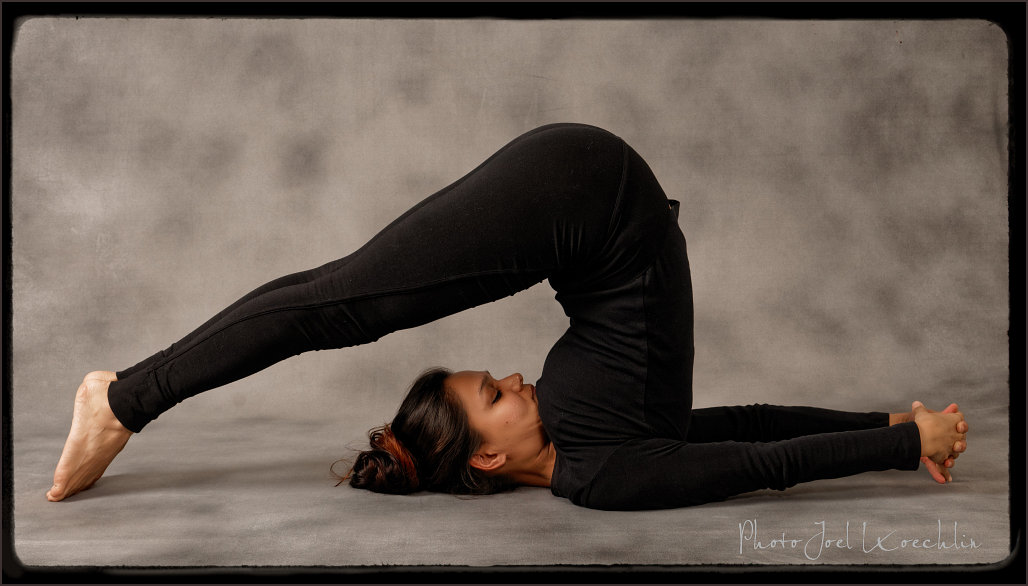

 1. Start with the Ashwasanchalanasana, also called the Low Lunge. Ensure that your back knee is locked and try and push your hips as close to the floor as possible. This creates opposing forces within the body and this helps in easing out the kinks in your lower back. This also stretches the hip joint and strengthens the quads. When you focus on pushing your heel back, you will feel a stretch on the back of the calves as well.
1. Start with the Ashwasanchalanasana, also called the Low Lunge. Ensure that your back knee is locked and try and push your hips as close to the floor as possible. This creates opposing forces within the body and this helps in easing out the kinks in your lower back. This also stretches the hip joint and strengthens the quads. When you focus on pushing your heel back, you will feel a stretch on the back of the calves as well.
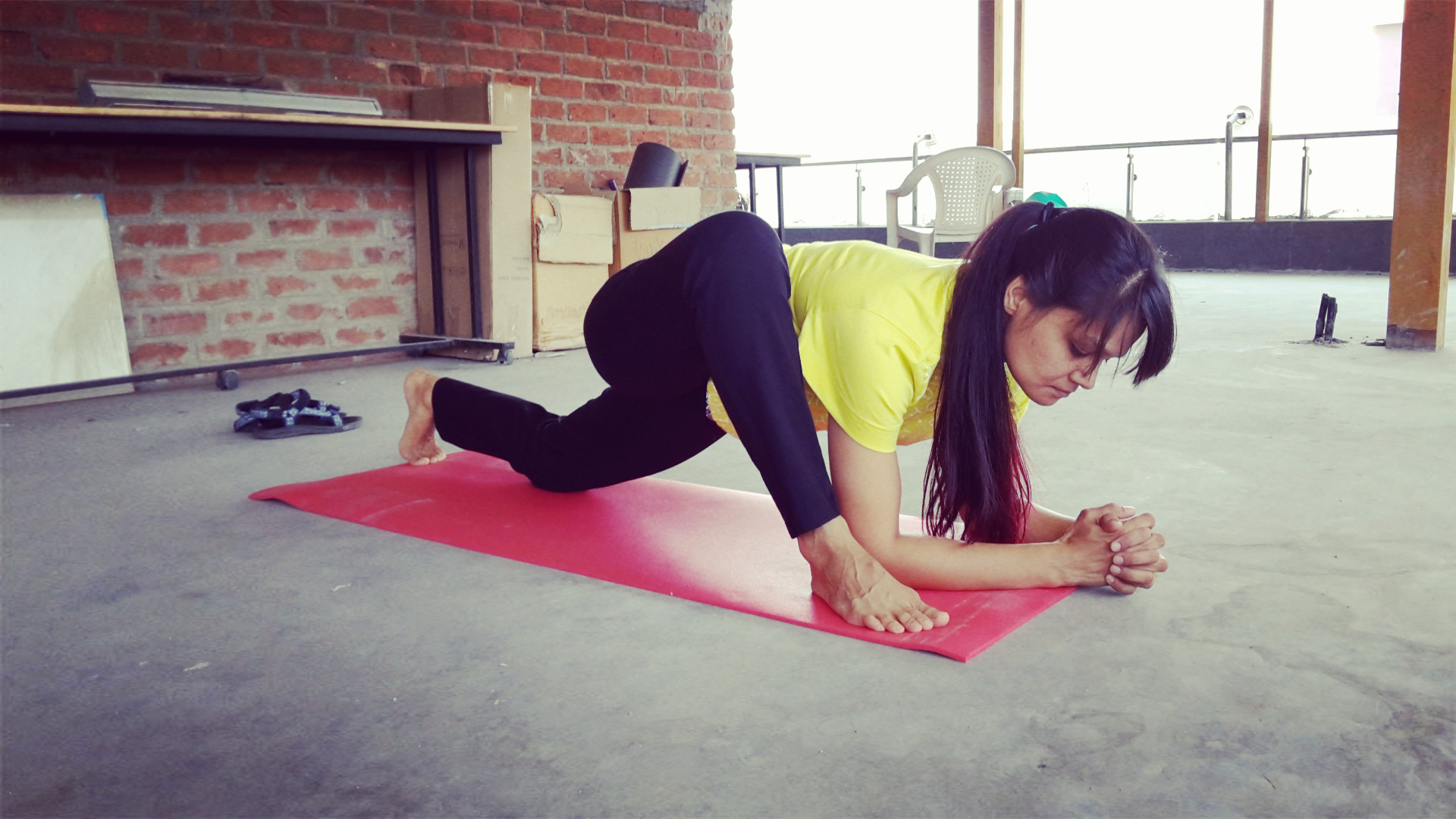

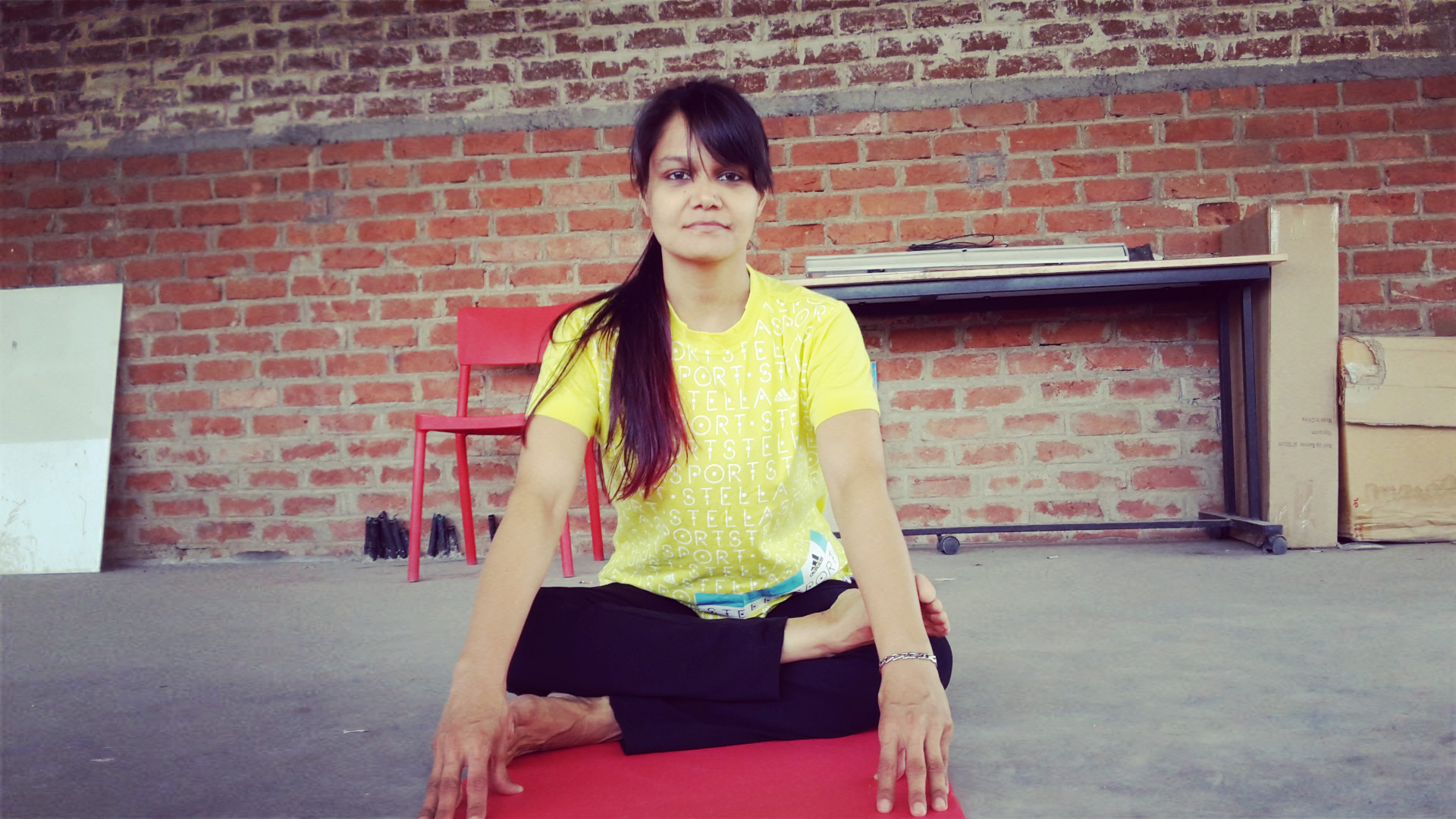

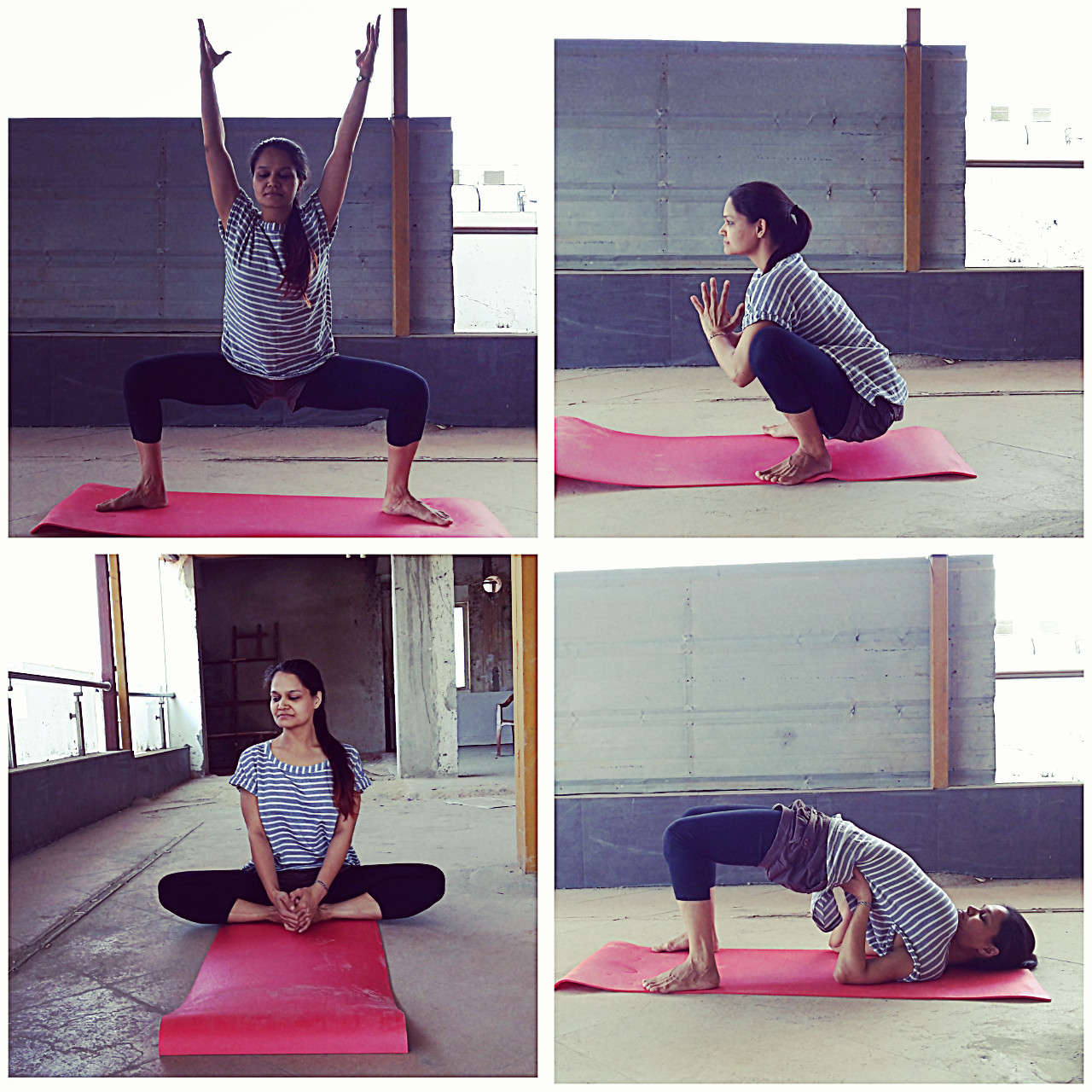

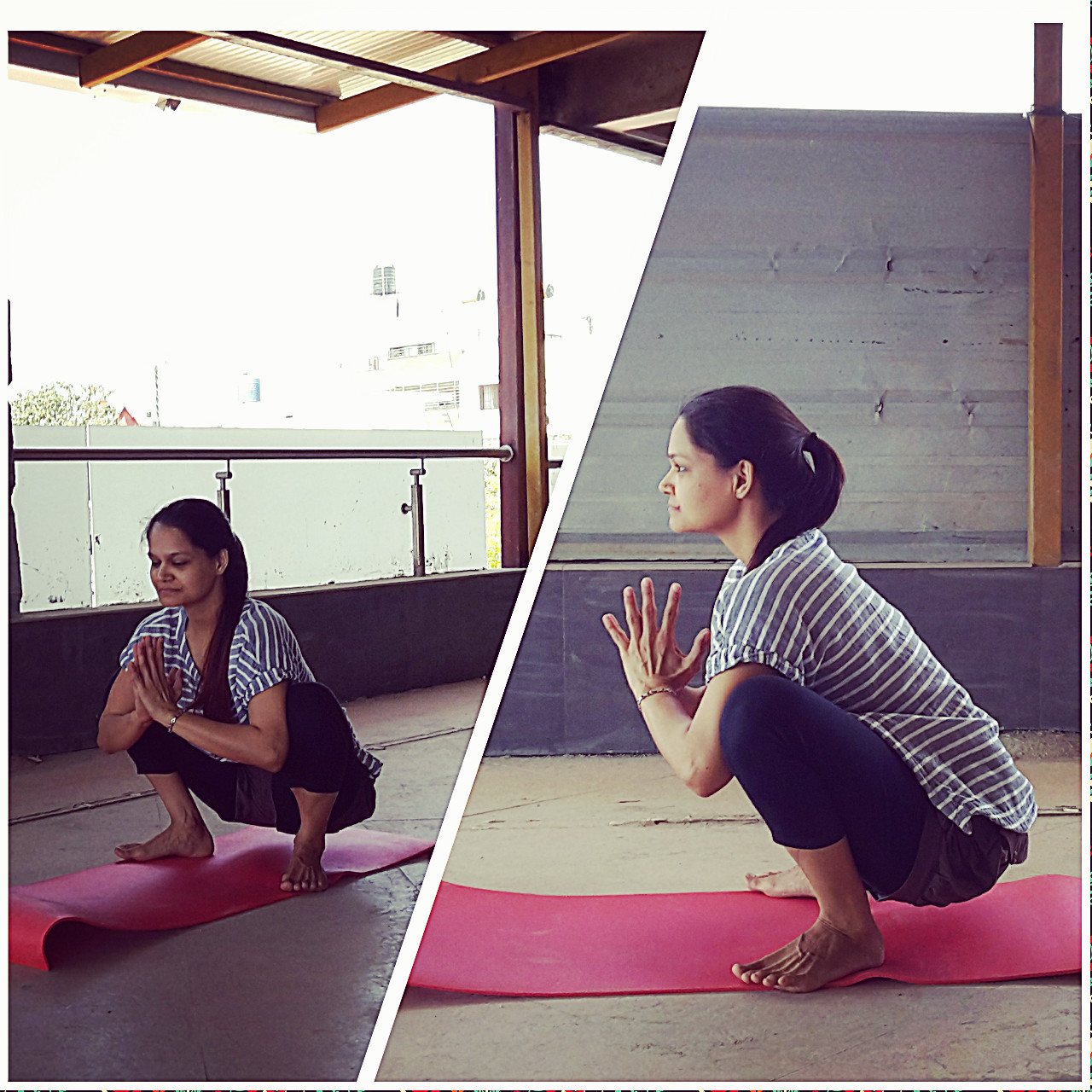


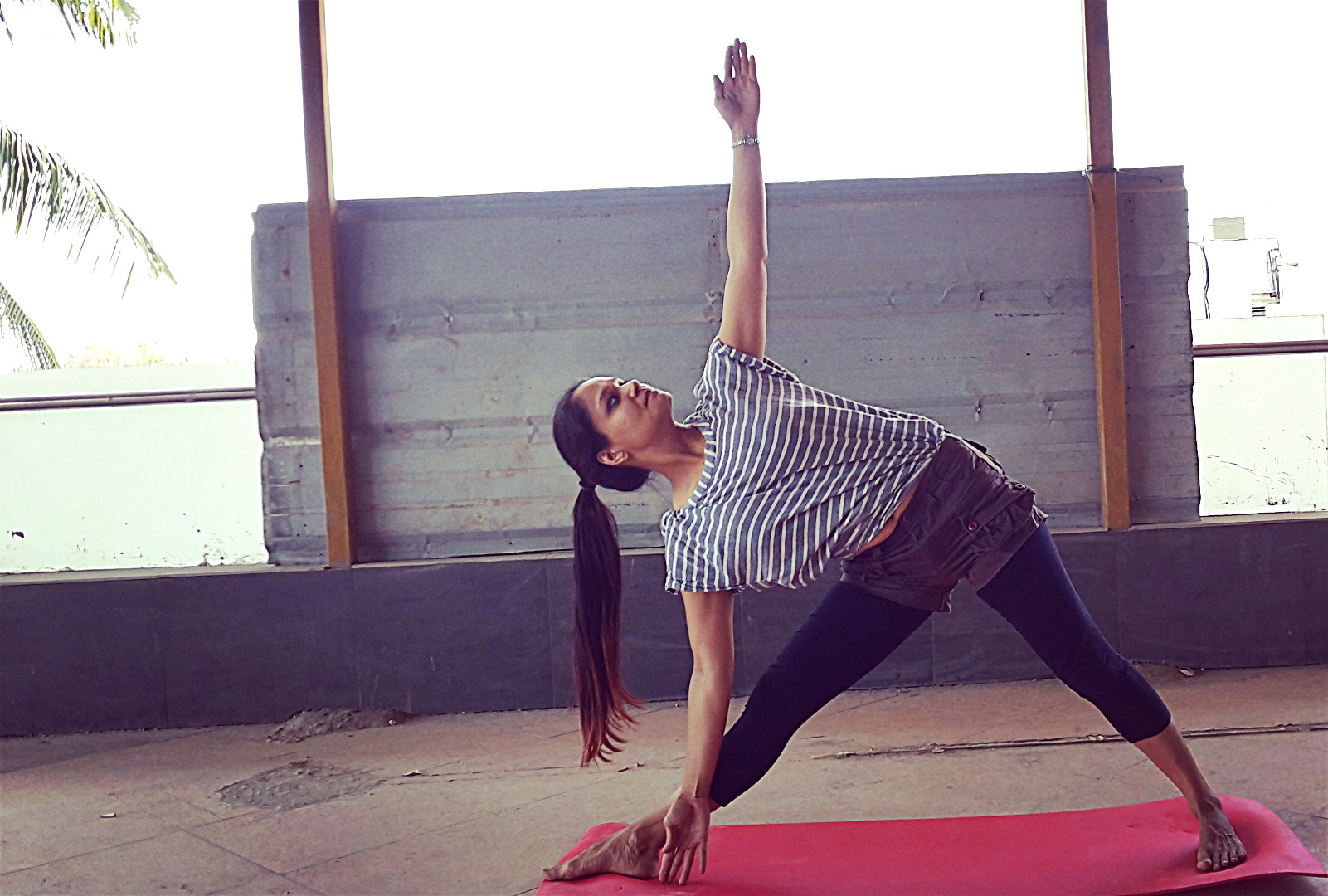
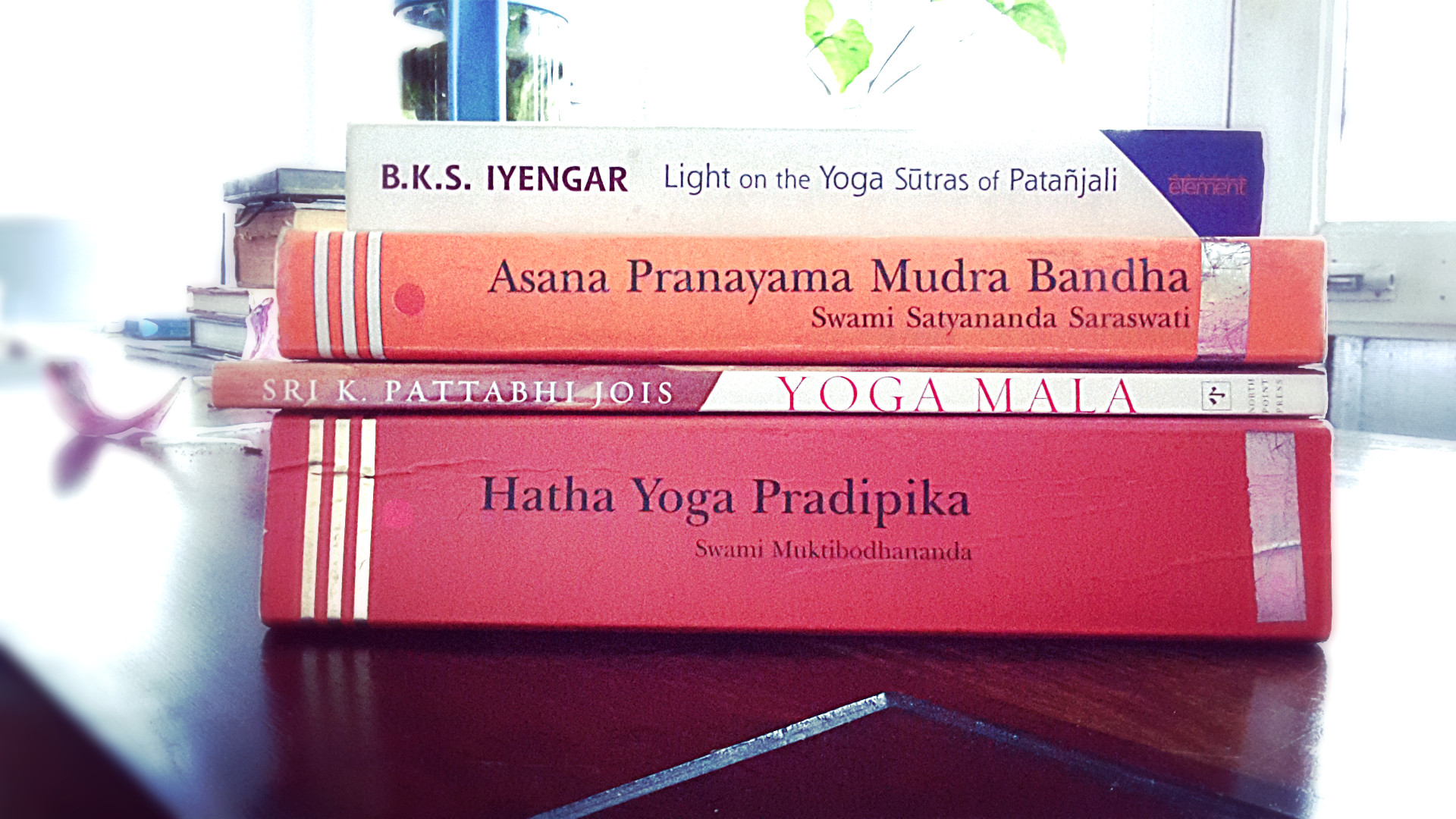
![IMG-20160125-WA0039[1]](https://yogawithpragya.com/wp-content/uploads/2016/01/img-20160125-wa00391-1.jpg)
![20151002_071157[1]](https://yogawithpragya.com/wp-content/uploads/2016/01/20151002_0711571-1.jpg)

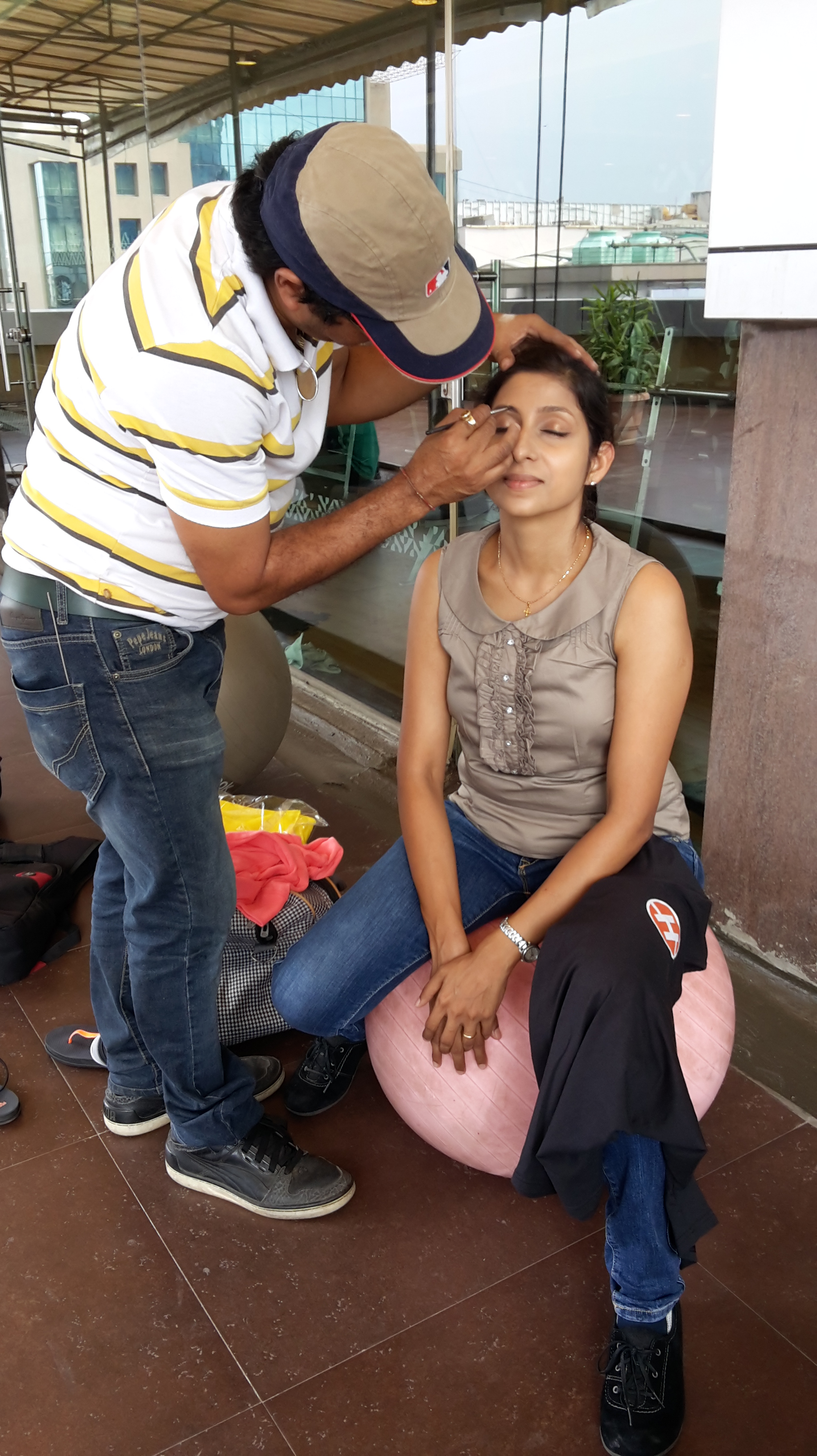
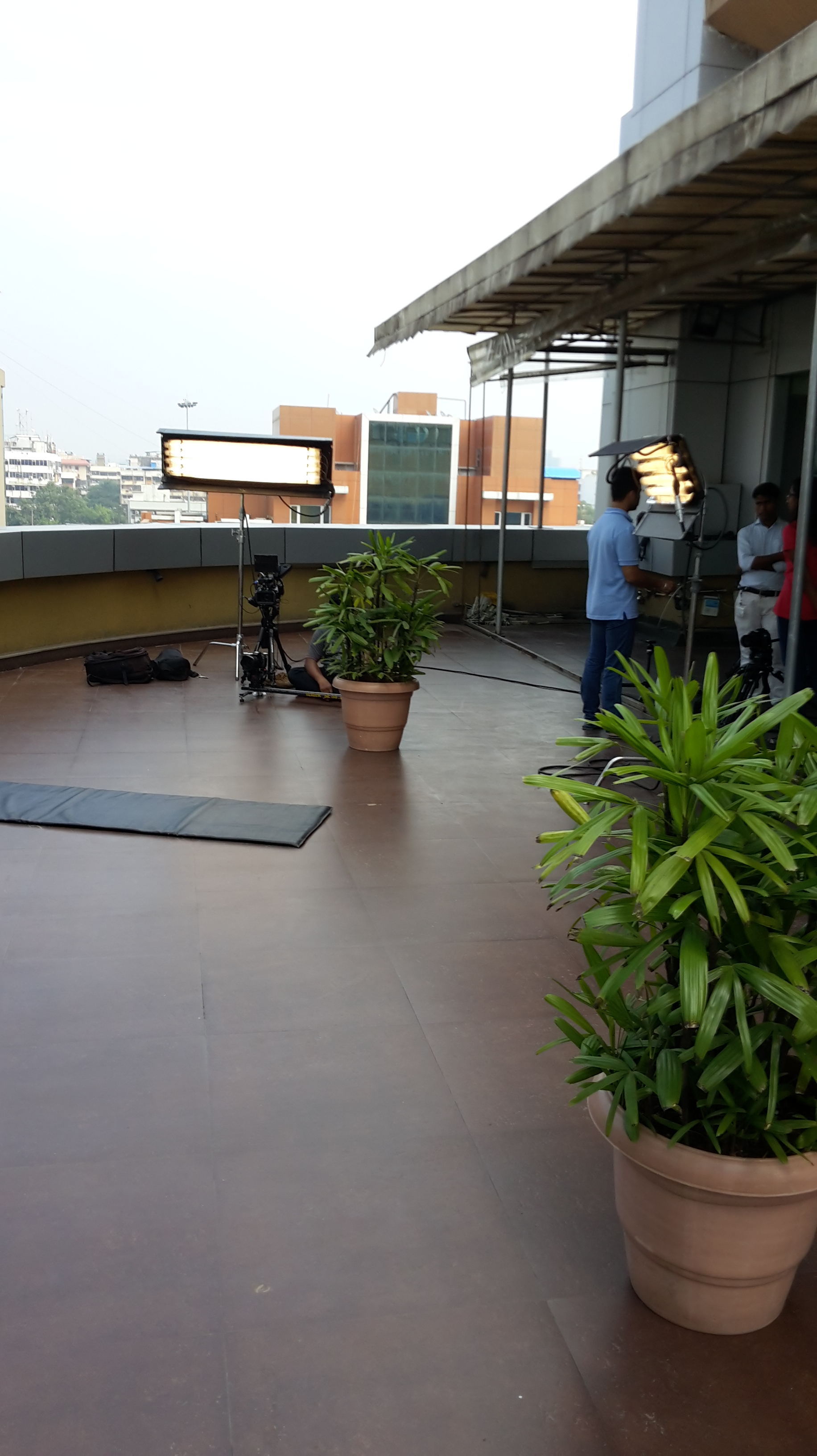

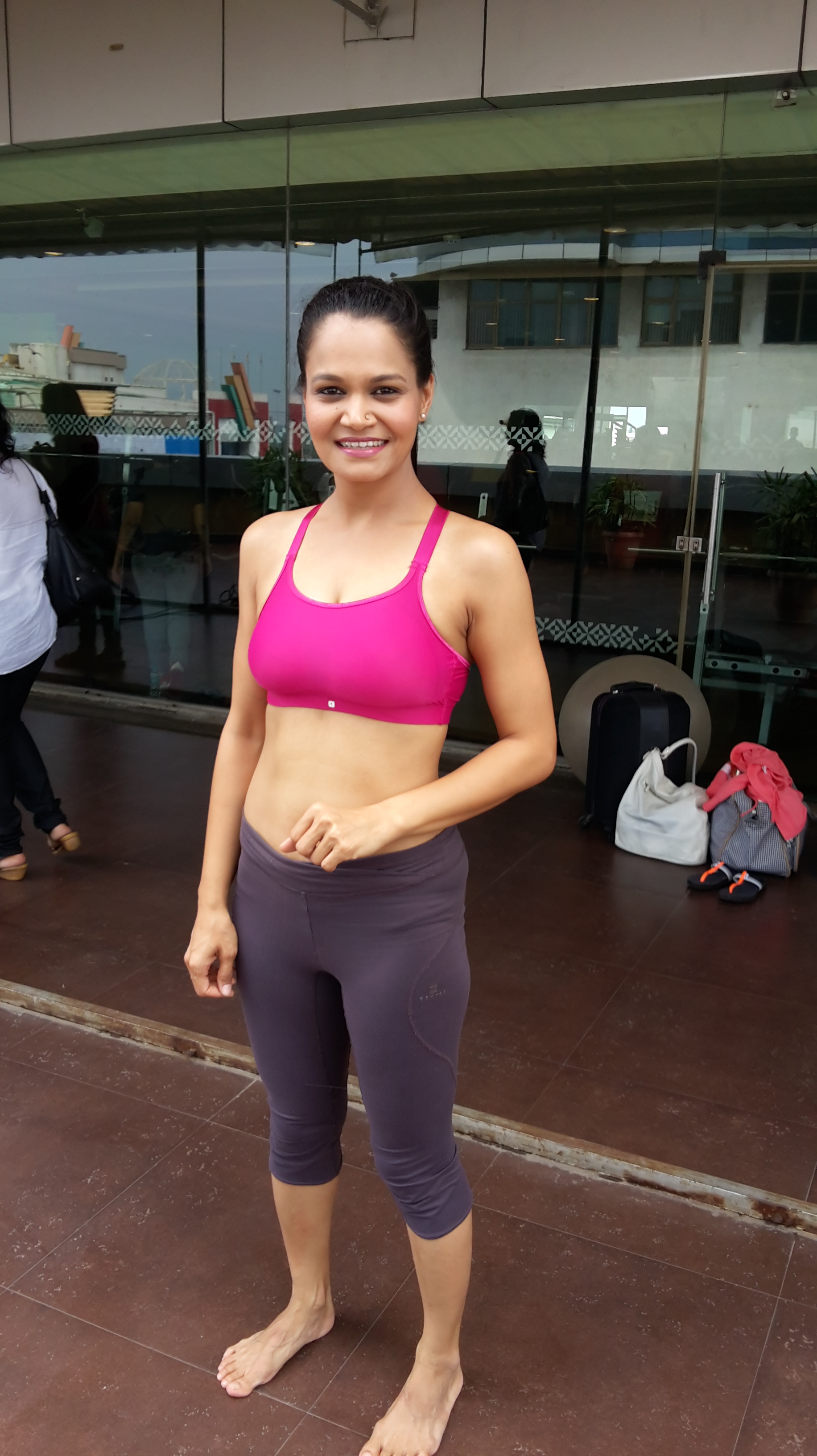
![20151002_135531[1]](https://yogawithpragya.com/wp-content/uploads/2016/01/20151002_1355311-1.jpg)



![20151002_165824[1]](https://yogawithpragya.com/wp-content/uploads/2016/01/20151002_1658241-1.jpg)